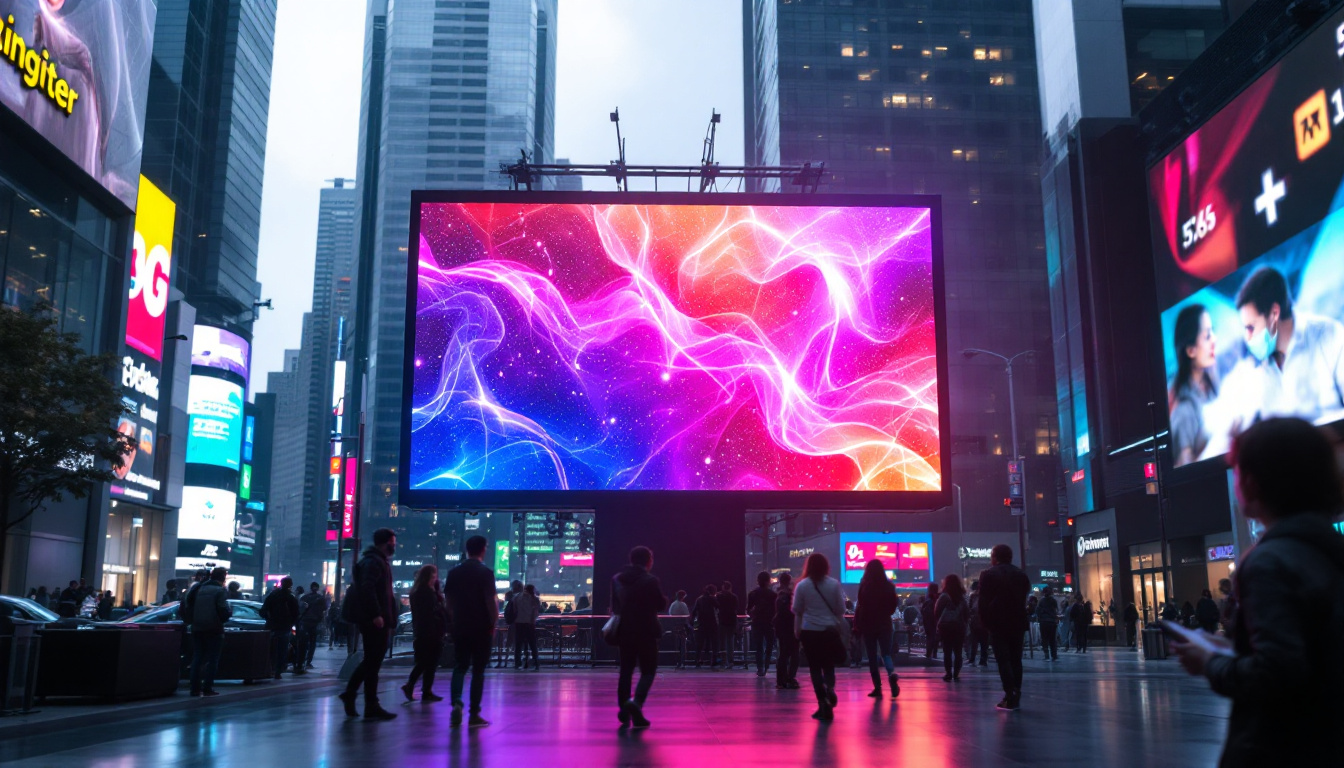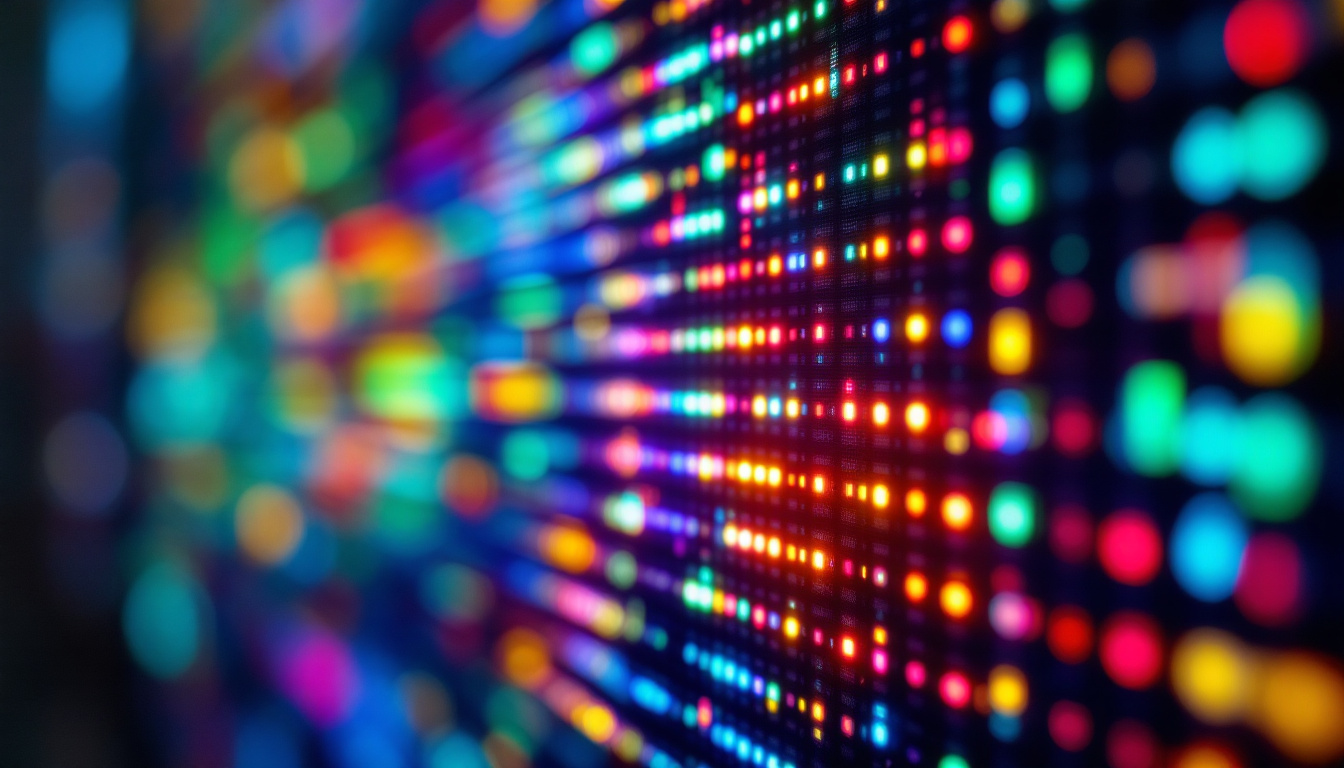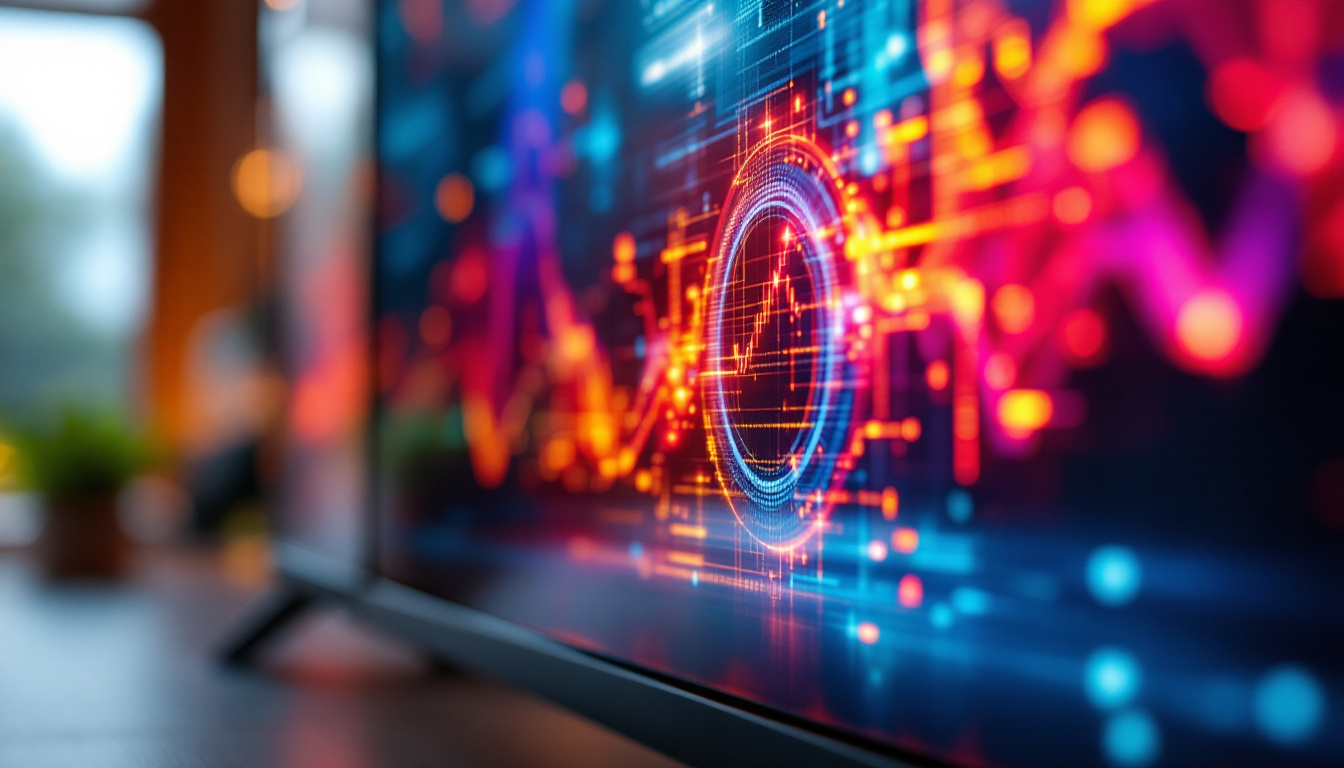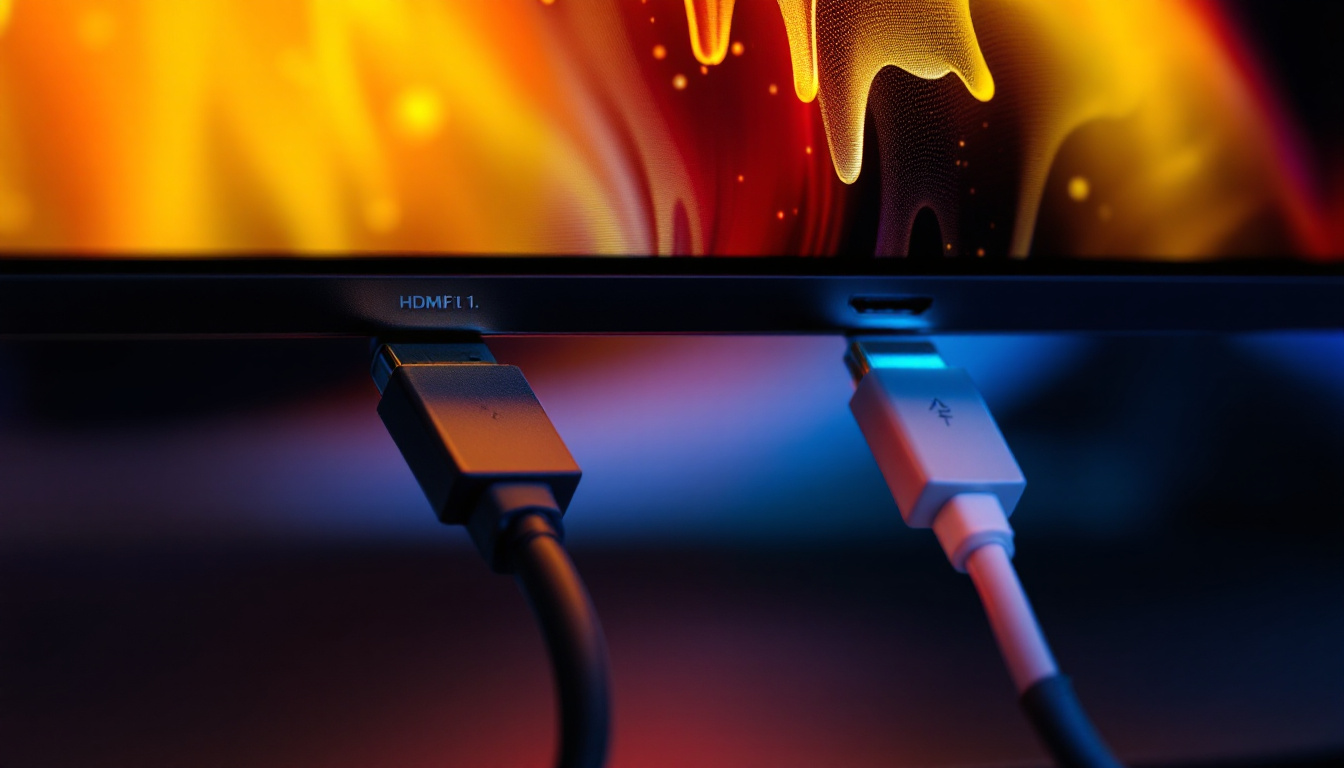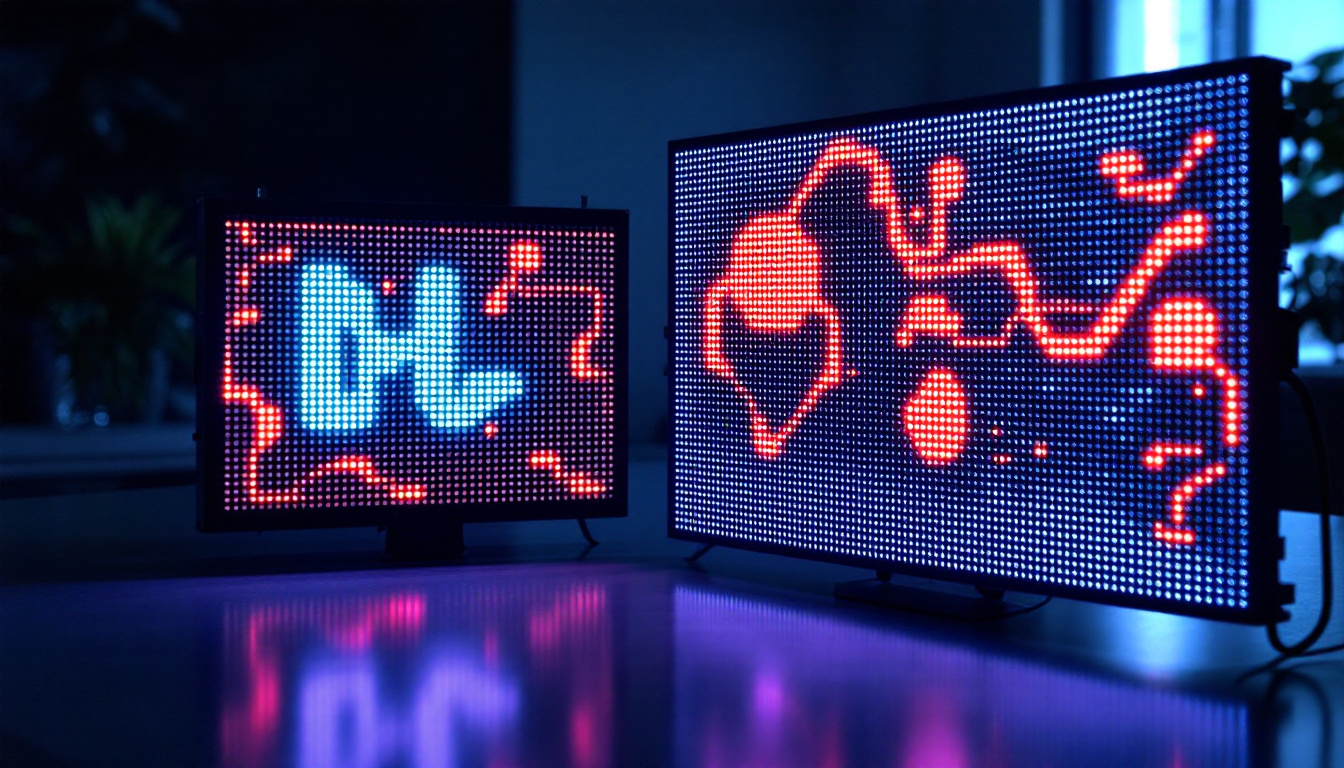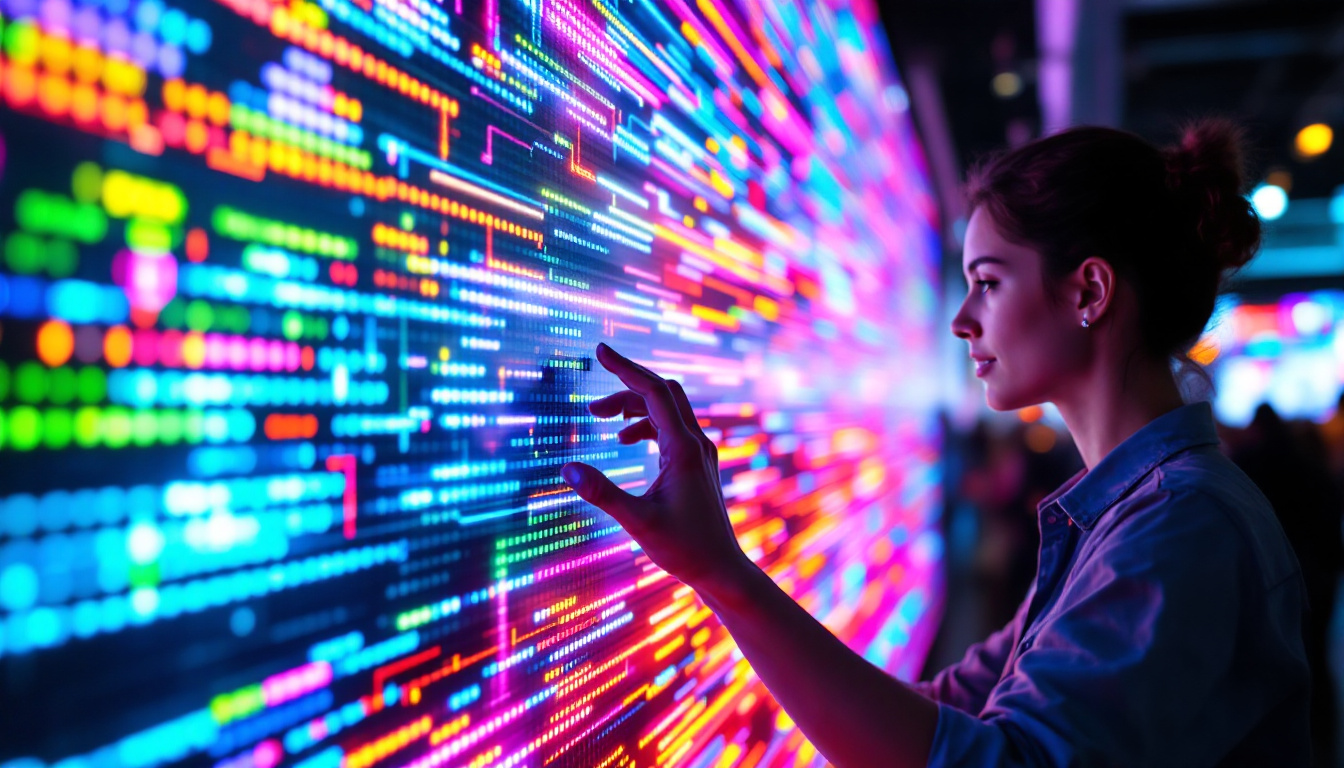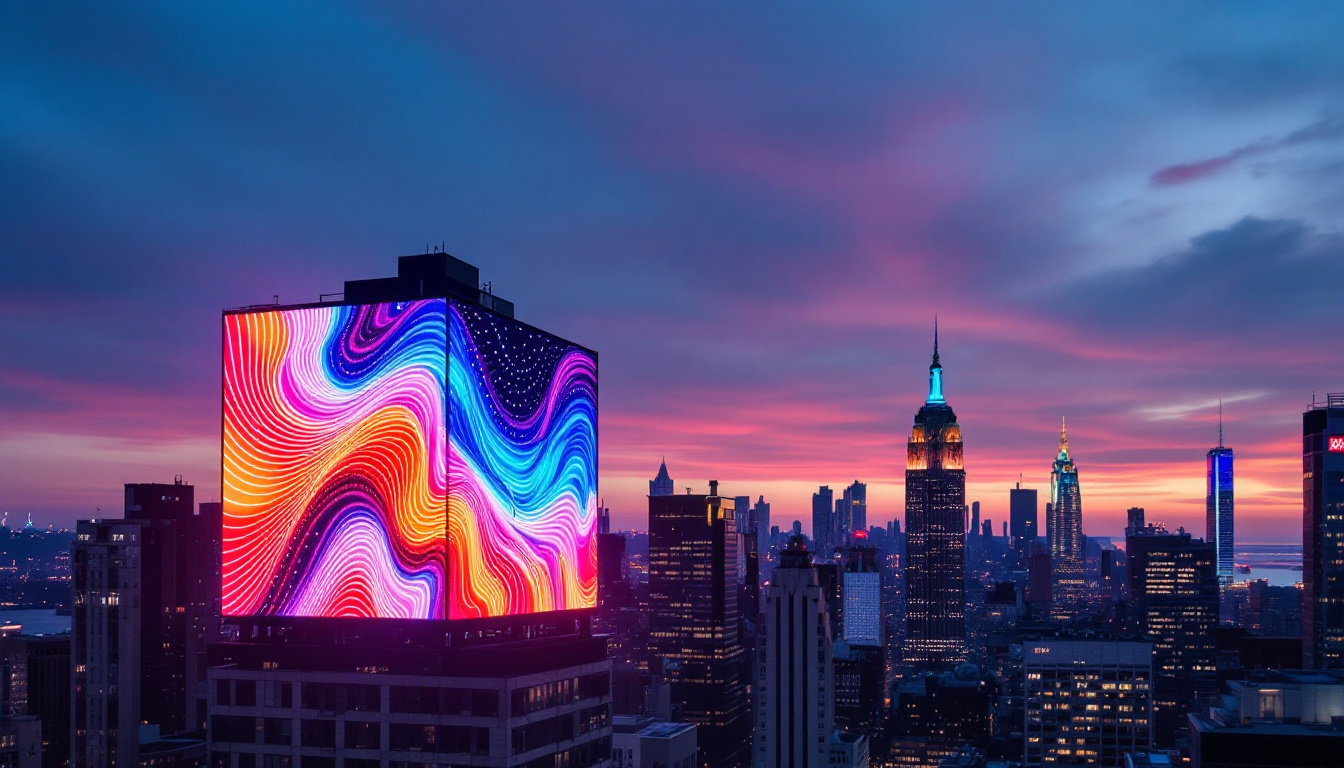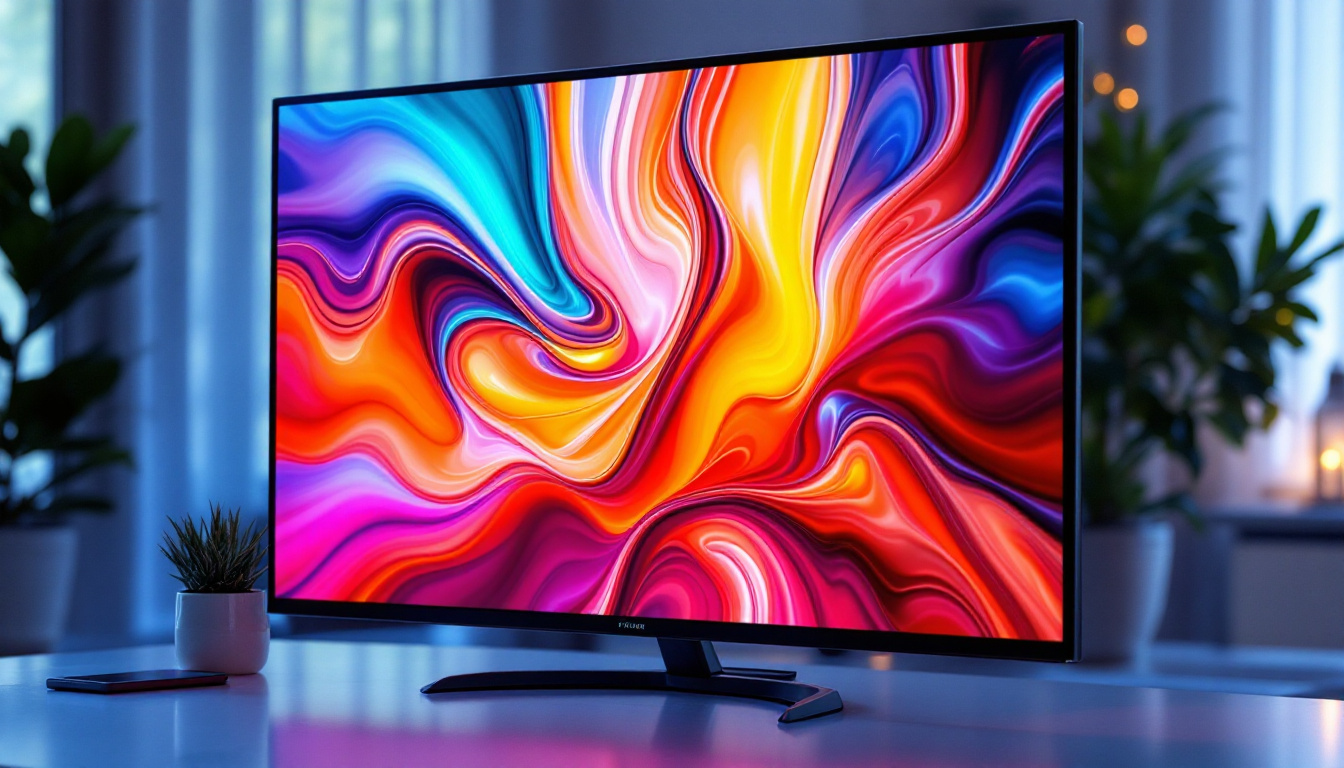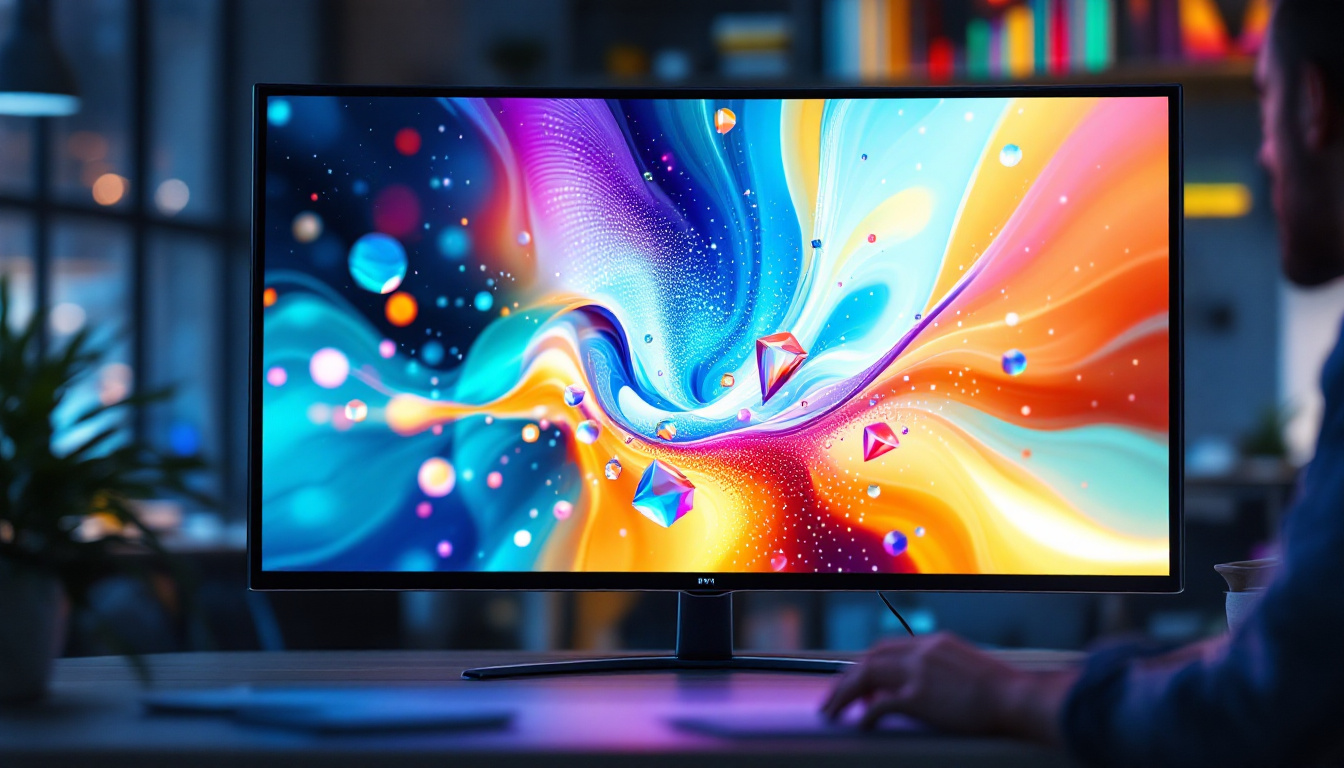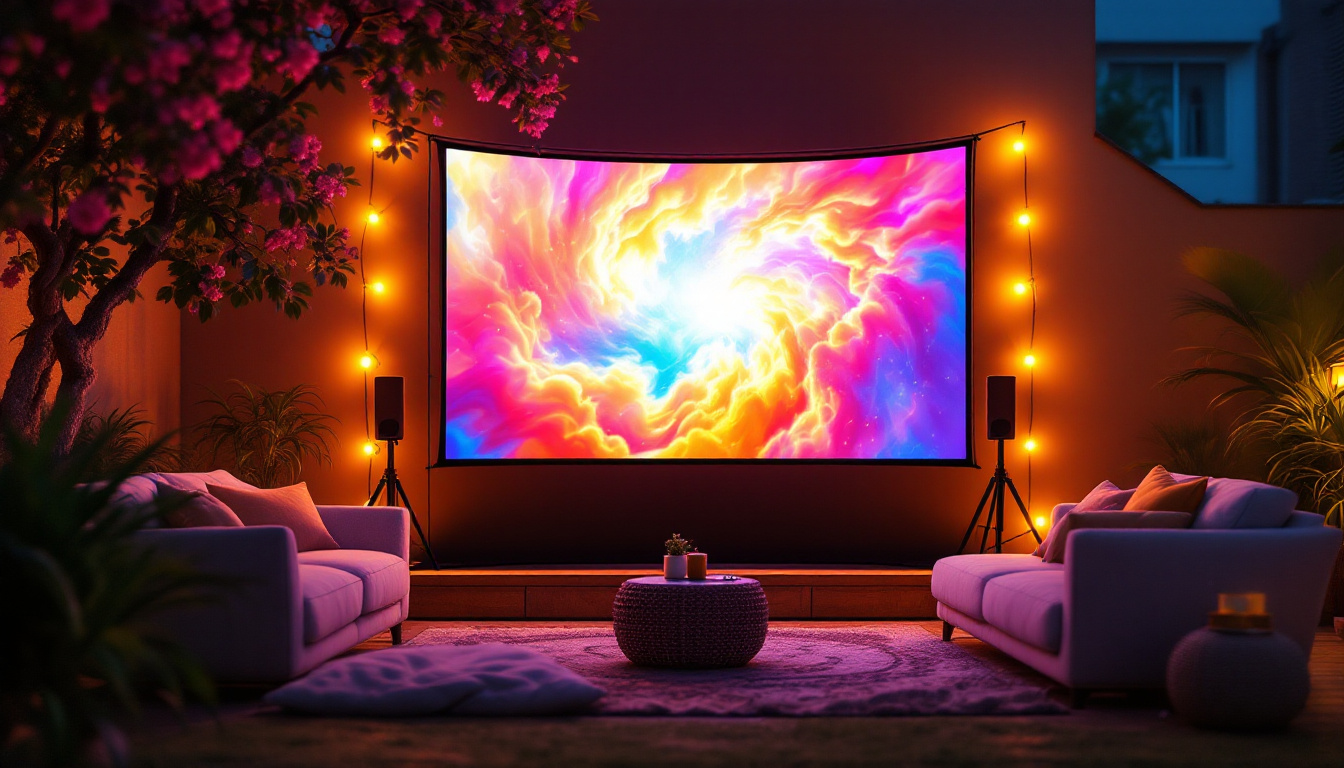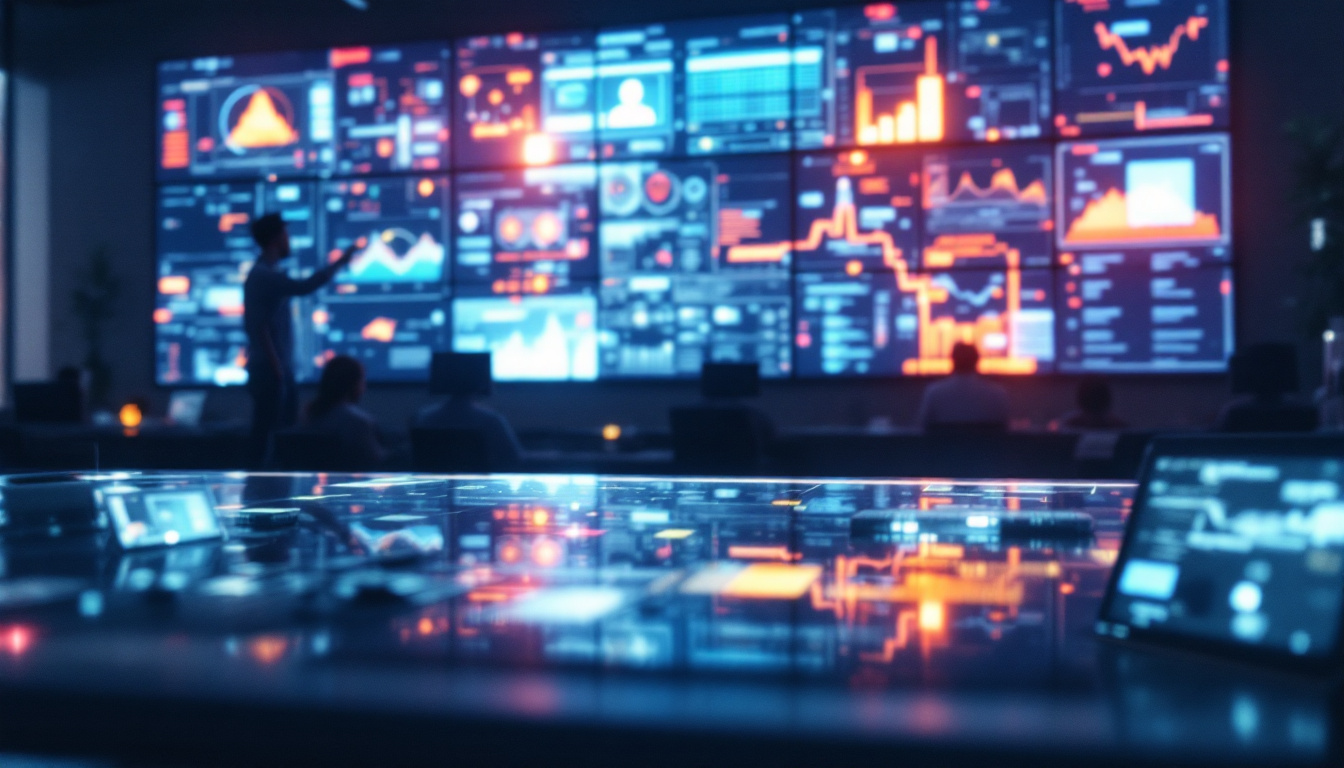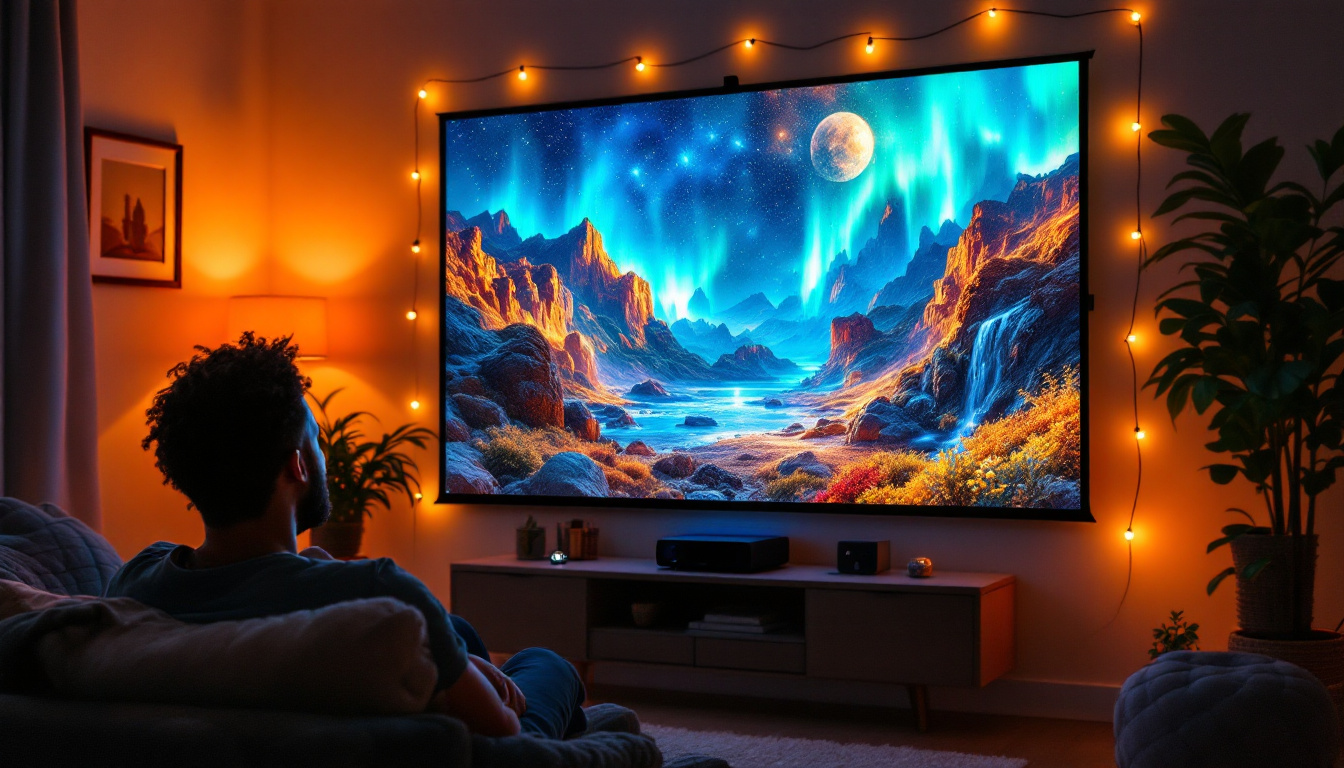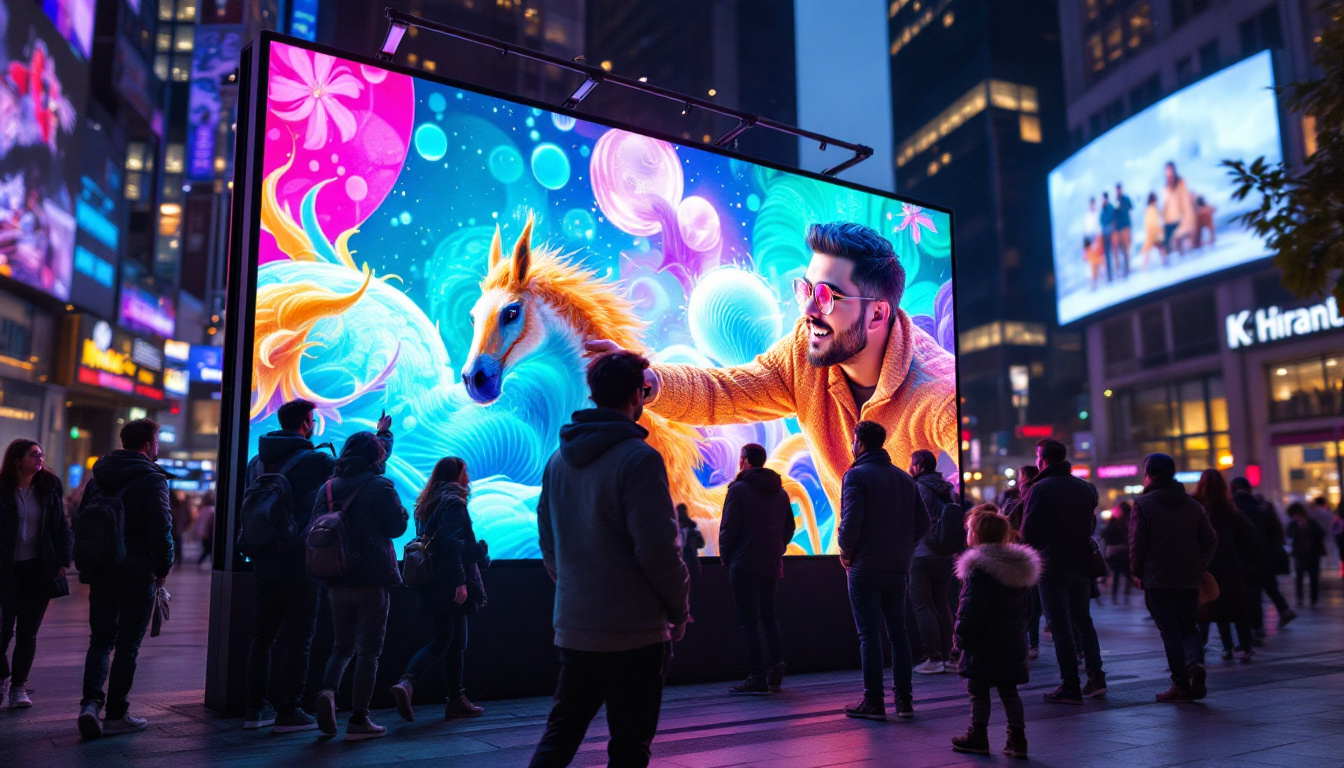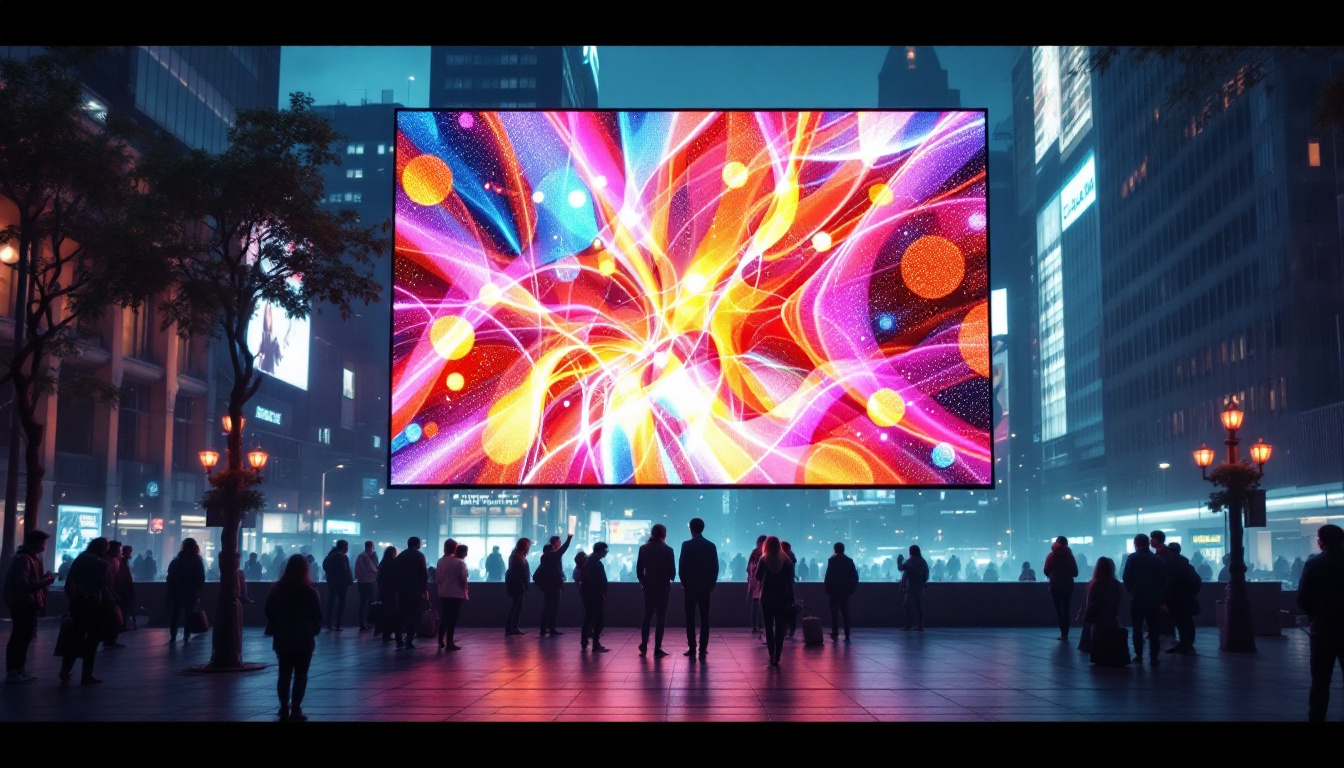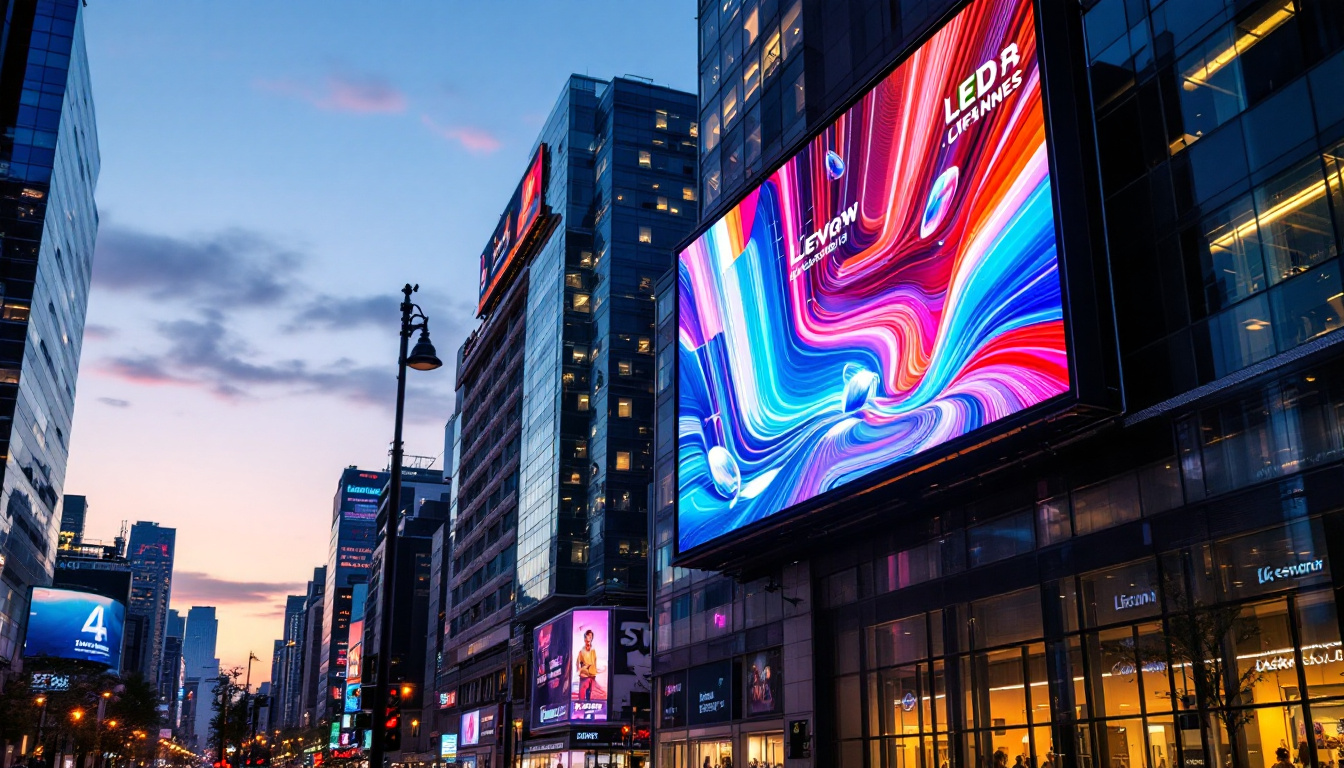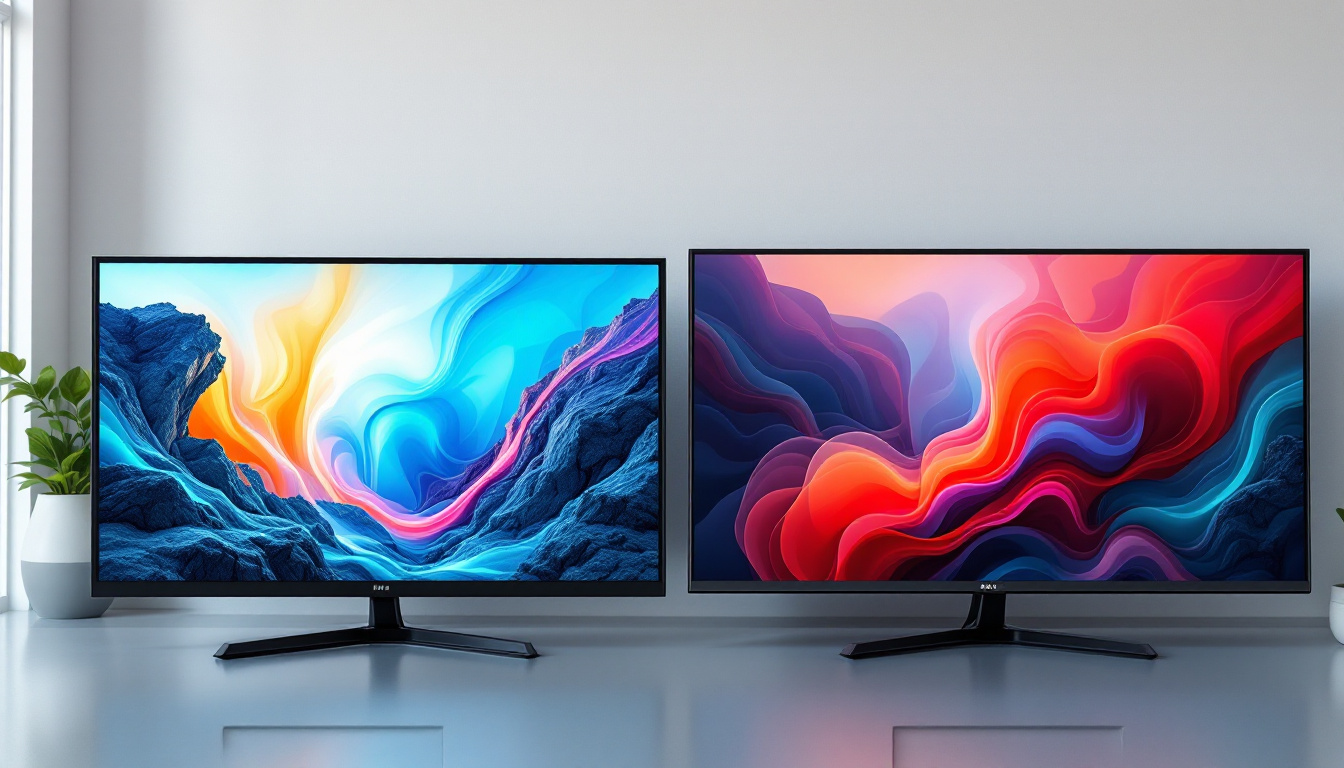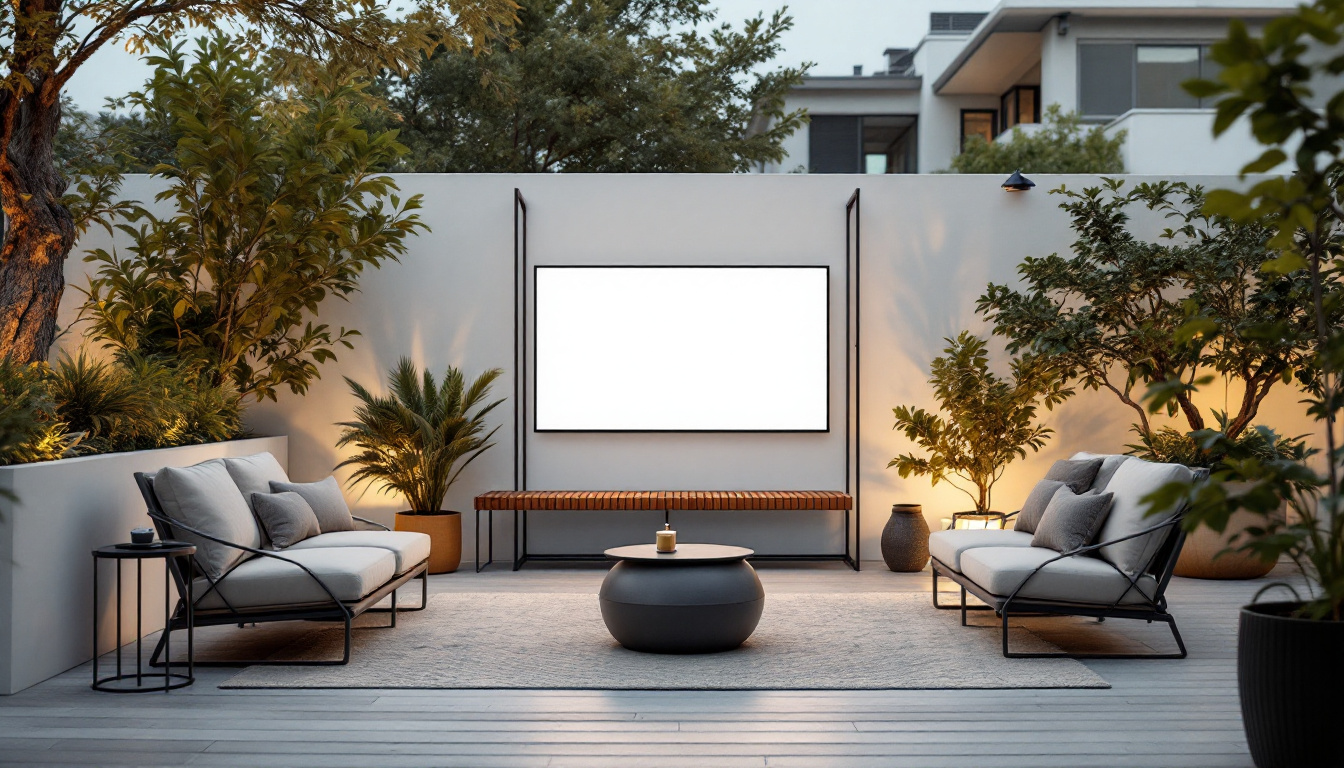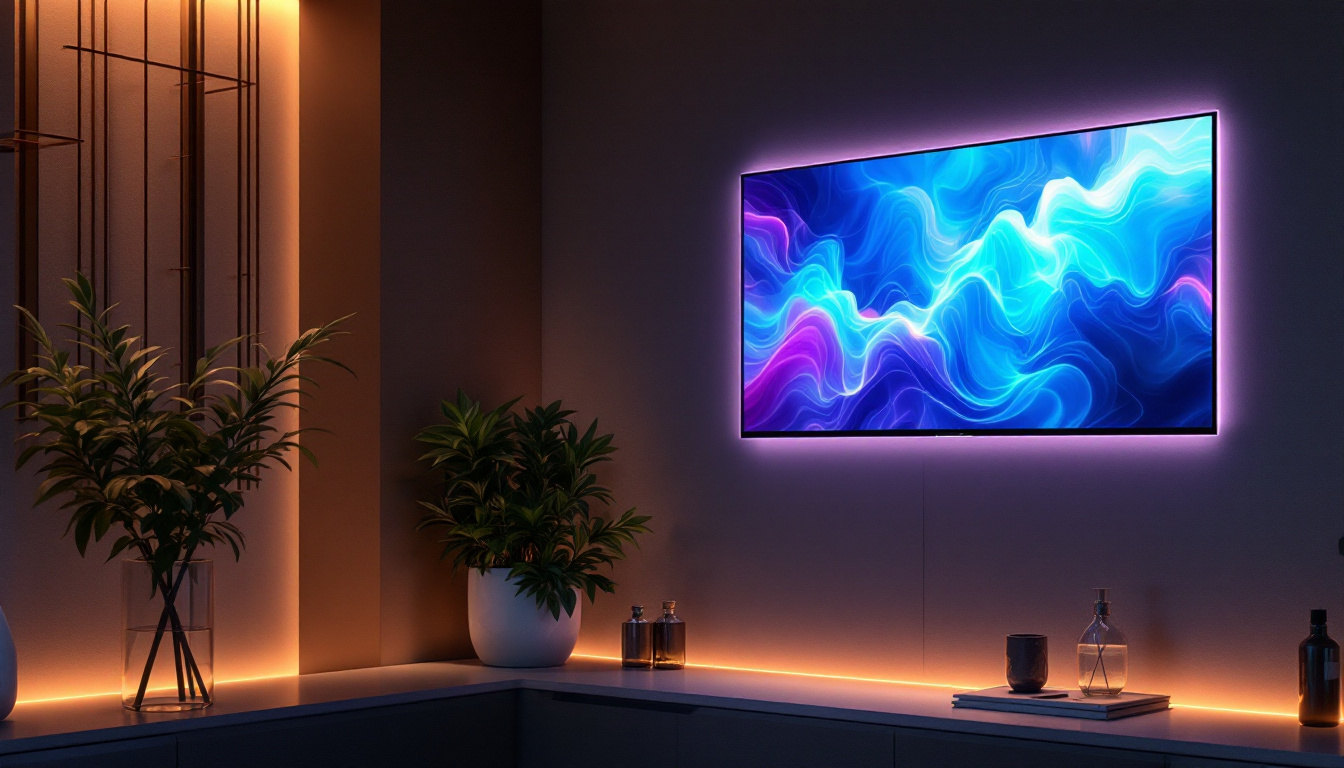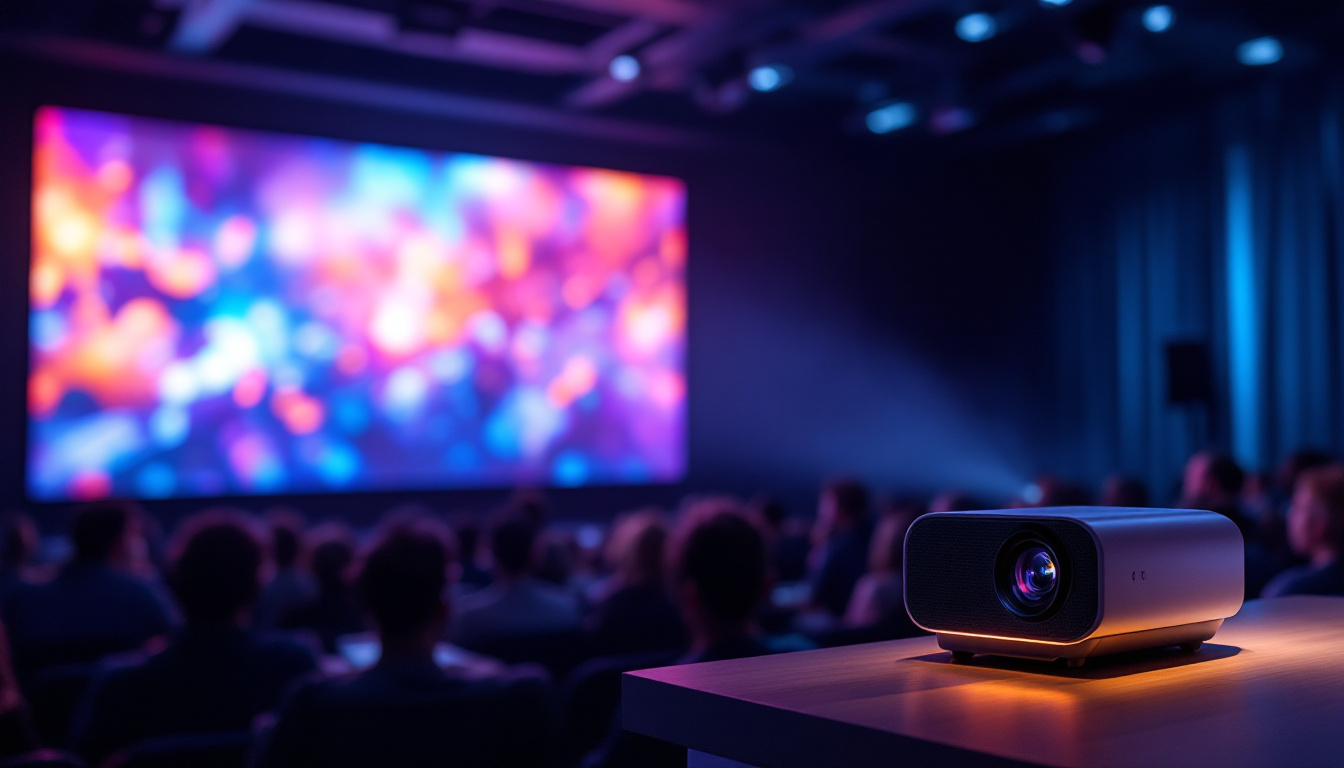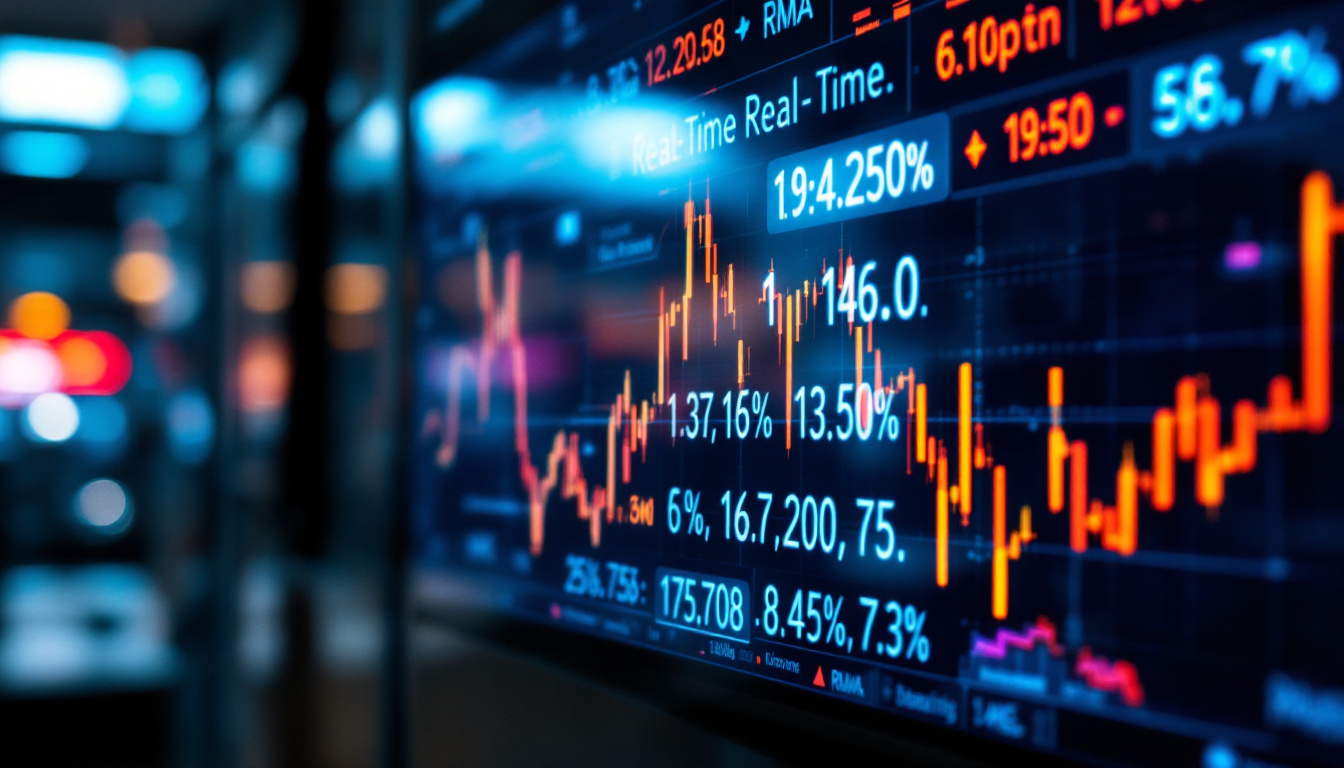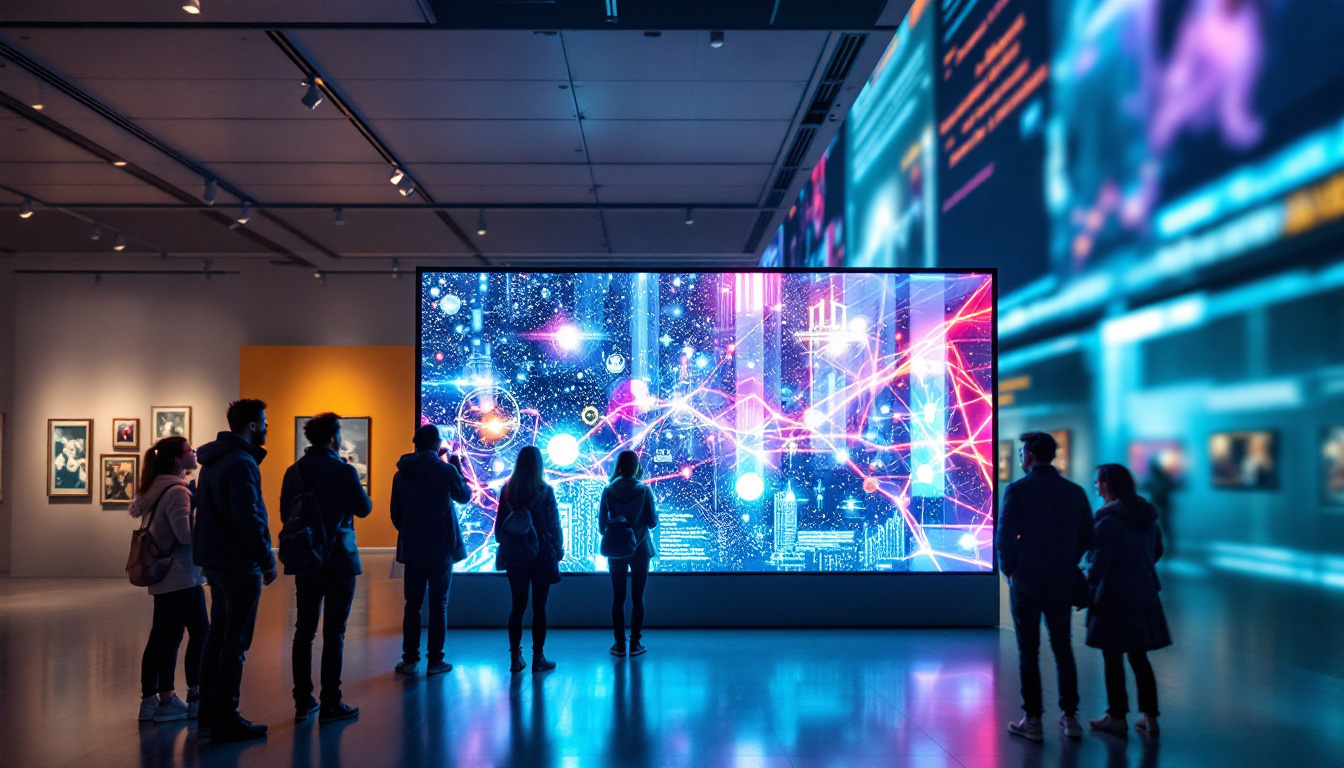In the realm of modern technology, display screens have become an integral part of everyday life. Among the various types of displays available, LED (Light Emitting Diode) displays stand out due to their efficiency, brightness, and versatility. This article delves into the intricacies of LED displays, exploring their functionality, advantages, and applications across different industries.
Understanding LED Technology
LED technology is based on the principle of electroluminescence, where a semiconductor emits light when an electric current passes through it. This fundamental process forms the backbone of LED displays, which can be utilized in various formats, from small screens on handheld devices to massive outdoor billboards. The versatility of LED technology has revolutionized the way we interact with visual media, paving the way for innovations in both consumer electronics and commercial advertising.
The Basics of LED Functionality
At the core of an LED display are individual light-emitting diodes. These diodes are arranged in a grid, creating pixels that can be turned on or off independently. When a pixel is activated, it emits light, contributing to the overall image displayed on the screen. The combination of red, green, and blue LEDs allows for the creation of a full spectrum of colors, enabling vibrant and dynamic visuals. This pixel-level control not only enhances image quality but also allows for sophisticated effects such as smooth transitions and animations, making LED displays a favorite in entertainment venues and art installations.
LEDs are known for their energy efficiency compared to traditional display technologies, such as cathode ray tubes (CRTs) and liquid crystal displays (LCDs). This efficiency not only reduces electricity consumption but also results in lower heat generation, making LED displays more environmentally friendly. Additionally, the longevity of LED technology—often exceeding 50,000 hours—means that they require less frequent replacements, further contributing to their sustainability and cost-effectiveness over time.
Types of LED Displays
LED displays can be categorized into several types, each serving specific purposes. The most common types include:
- Direct View LED (DVLED): These displays consist of individual LEDs that form the entire screen. They are often used for large-scale installations, such as stadiums and outdoor advertising. Their ability to maintain brightness and clarity even in direct sunlight makes them ideal for outdoor environments.
- LED-backlit LCD: This type uses LEDs to illuminate an LCD panel. It combines the advantages of both technologies, providing better color accuracy and energy efficiency. The backlighting can be adjusted to enhance contrast and improve the viewing experience, particularly in dimly lit settings.
- Organic LED (OLED): OLED displays utilize organic compounds that emit light when an electric current is applied. They offer superior contrast ratios and color reproduction, making them popular for high-end televisions and smartphones. Furthermore, OLED technology allows for thinner screens and flexible designs, enabling new possibilities in product development and aesthetic appeal.
In addition to these types, there are also specialized LED displays, such as transparent LEDs, which are used in retail environments to create eye-catching advertisements without obstructing visibility. Another innovative application is in the realm of automotive displays, where LEDs are used for dashboard instrumentation and exterior lighting, enhancing both functionality and safety. As technology continues to evolve, the potential applications for LED displays seem virtually limitless, further embedding them into the fabric of modern life.
Advantages of LED Displays
LED displays come with a multitude of benefits that make them a preferred choice for various applications. Their unique characteristics contribute to their growing popularity in both consumer and commercial markets.
Energy Efficiency
One of the most significant advantages of LED displays is their energy efficiency. Compared to traditional display technologies, LEDs consume considerably less power. This efficiency not only translates to lower electricity bills but also reduces the carbon footprint associated with energy consumption.
Moreover, the long lifespan of LED displays—often exceeding 50,000 hours—means that they require less frequent replacements. This longevity further enhances their energy-saving potential, as fewer resources are needed for manufacturing and disposal.
Brightness and Visibility
LED displays are known for their exceptional brightness, making them suitable for both indoor and outdoor environments. The high luminance of LEDs ensures that images remain clear and visible even in direct sunlight, which is a crucial factor for outdoor advertising and public displays.
Additionally, the ability to produce high contrast ratios enhances the visibility of images and text, allowing for better readability. This characteristic is particularly beneficial in settings where information needs to be conveyed quickly and effectively.
Versatility and Flexibility
Another notable advantage of LED displays is their versatility. They can be manufactured in various sizes, shapes, and resolutions, catering to a wide range of applications. From small screens on mobile devices to large video walls in stadiums, LED technology can adapt to different requirements.
Furthermore, advancements in LED technology have led to the development of flexible displays. These innovative screens can be bent and shaped, opening up new possibilities for creative designs in advertising, architecture, and entertainment.
Applications of LED Displays
The versatility of LED displays has led to their adoption across numerous industries. Their applications range from consumer electronics to large-scale commercial installations, showcasing their adaptability and effectiveness.
Consumer Electronics
In the consumer electronics sector, LED displays are prevalent in televisions, smartphones, tablets, and computer monitors. The combination of vibrant colors, high contrast ratios, and energy efficiency makes them ideal for personal devices.
Smart TVs, in particular, leverage LED technology to deliver stunning visuals, enhancing the viewing experience for consumers. The integration of smart features further elevates the functionality of these displays, allowing users to access streaming services and applications seamlessly.
Advertising and Marketing
LED displays have revolutionized the advertising landscape, providing dynamic and eye-catching solutions for marketers. Digital billboards and signage utilize LED technology to deliver high-impact advertisements that can be changed in real-time.
The ability to display animations, videos, and interactive content makes LED displays a powerful tool for engaging audiences. Brands can tailor their messages based on time of day, audience demographics, or current events, maximizing the effectiveness of their advertising campaigns.
Transportation and Public Information
In transportation systems, LED displays play a crucial role in conveying information to passengers. From train stations to airports, these displays provide real-time updates on schedules, delays, and other essential information.
public information displays, such as those found in city centers and public squares, utilize LED technology to communicate important messages to the community. Whether it’s announcements, event promotions, or emergency alerts, LED displays ensure that information is conveyed clearly and effectively.
Challenges and Considerations
Despite their numerous advantages, LED displays are not without challenges. Understanding these limitations is essential for making informed decisions regarding their use.
Initial Costs
One of the primary considerations when investing in LED display technology is the initial cost. While prices have decreased over the years, high-quality LED displays can still represent a significant investment, particularly for large installations.
Organizations must weigh the long-term benefits of energy savings and durability against the upfront costs. In many cases, the return on investment becomes evident over time, but it’s crucial to conduct a thorough cost analysis before making a decision.
Color Calibration and Maintenance
Maintaining accurate color reproduction is vital for LED displays, especially in professional settings such as photography studios or design firms. Regular calibration may be necessary to ensure that colors remain true to the original source.
Additionally, while LED displays are generally low-maintenance, they may require occasional servicing, particularly in outdoor environments where exposure to the elements can impact performance. Ensuring proper installation and regular maintenance can help mitigate these challenges.
The Future of LED Displays
The future of LED displays looks promising, with ongoing advancements in technology and applications. As innovation continues to drive the industry, several trends are emerging that could shape the future landscape of LED displays.
MicroLED Technology
MicroLED technology represents a significant leap forward in display technology. By utilizing tiny, self-emitting LEDs, MicroLED displays can achieve higher resolutions and better color accuracy than traditional LED displays. This technology has the potential to revolutionize everything from televisions to wearable devices.
MicroLED displays also offer the advantage of modularity, allowing for customizable screen sizes and shapes. This flexibility could lead to new applications in various fields, including augmented reality and virtual reality.
Integration with Smart Technologies
As the Internet of Things (IoT) continues to expand, LED displays are likely to become increasingly integrated with smart technologies. This integration could enable enhanced interactivity, allowing users to control displays through mobile devices or voice commands.
Moreover, smart LED displays could leverage data analytics to deliver personalized content based on user preferences and behaviors, further enhancing the user experience.
Environmental Considerations
As sustainability becomes a priority across industries, the LED display sector is also focusing on environmentally friendly practices. Manufacturers are exploring ways to reduce the environmental impact of production and disposal processes.
Recycling programs for old displays and the development of energy-efficient manufacturing processes are steps toward a more sustainable future. As consumers become more environmentally conscious, the demand for eco-friendly display solutions is likely to grow.
Conclusion
LED displays have transformed the way information is presented and consumed, offering a blend of efficiency, brightness, and versatility. From consumer electronics to large-scale advertising, their applications are vast and varied. While challenges exist, the advantages of LED technology often outweigh the drawbacks, making it a popular choice for many industries.
As technology continues to evolve, LED displays will undoubtedly play a crucial role in shaping the future of visual communication. With advancements in MicroLED technology, smart integrations, and a focus on sustainability, the potential for LED displays is limitless. Embracing this technology not only enhances visual experiences but also contributes to a more efficient and connected world.
Explore Cutting-Edge LED Displays with LumenMatrix
Ready to elevate your visual communication with the latest in LED technology? Discover LumenMatrix’s innovative range of LED display solutions, designed to captivate and engage your audience. From vibrant Indoor and Outdoor LED Wall Displays to dynamic Vehicle and Sports LED Displays, and even customizable options like Floor and Transparent LED Displays, LumenMatrix is at the forefront of creating immersive experiences. Embrace the future of digital signage with our All-in-One LED Display solutions that promise to transform your brand’s visibility. Check out LumenMatrix LED Display Solutions today and step into a world of unparalleled clarity and impact.

